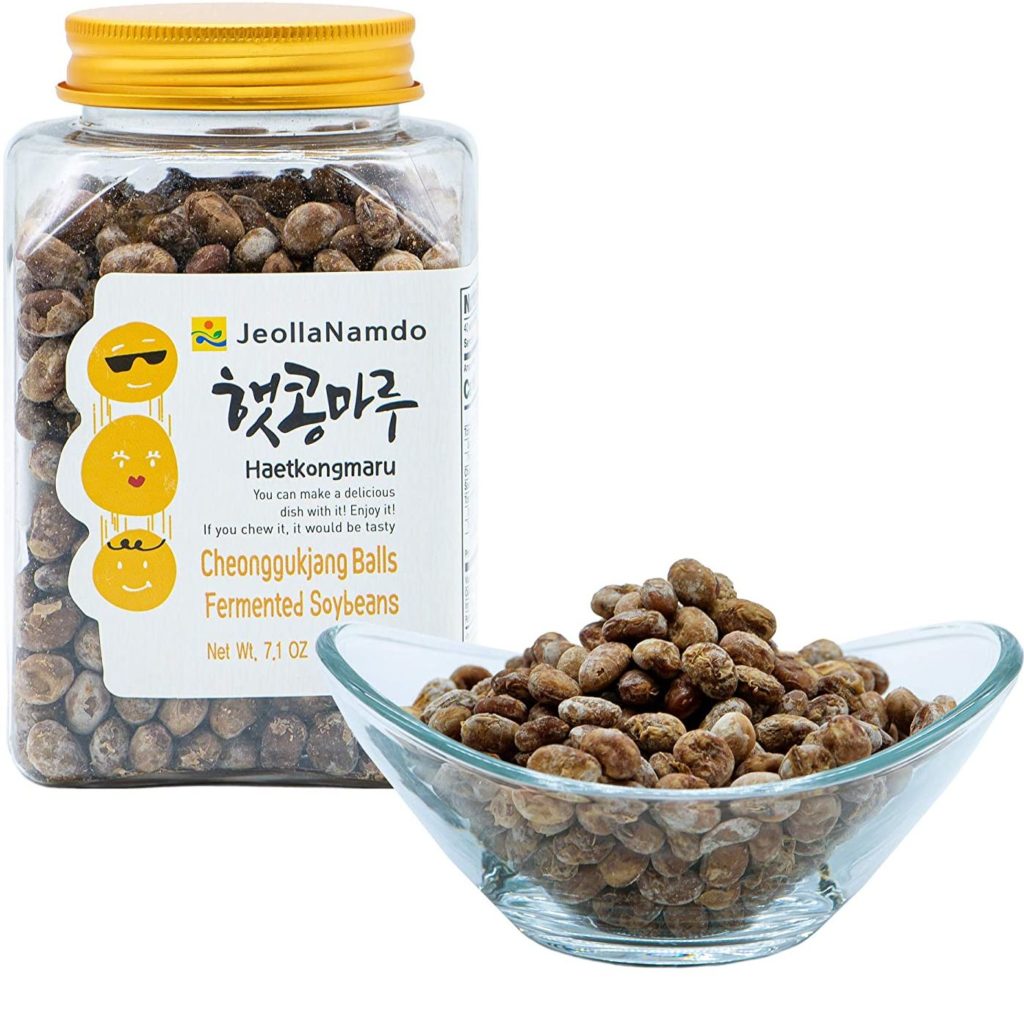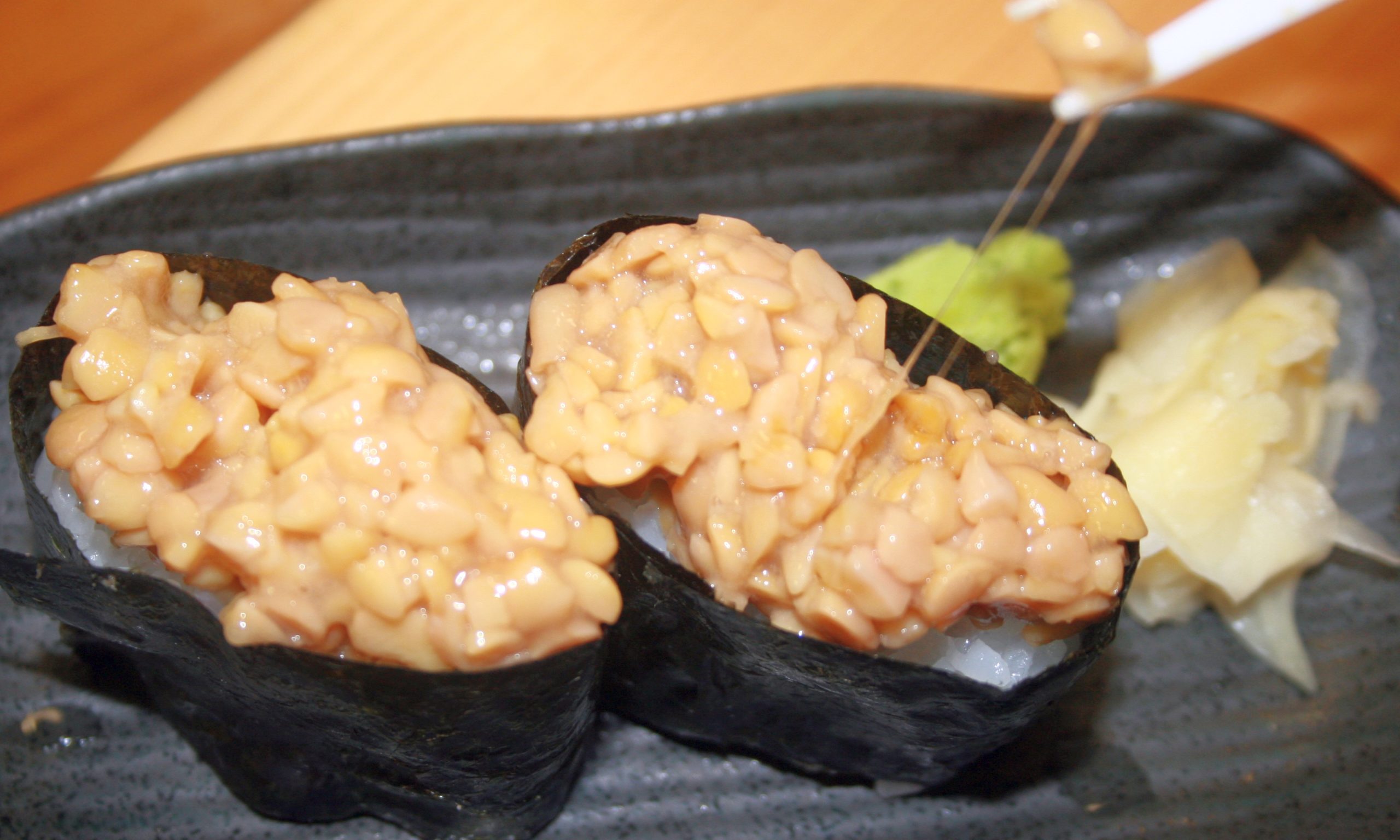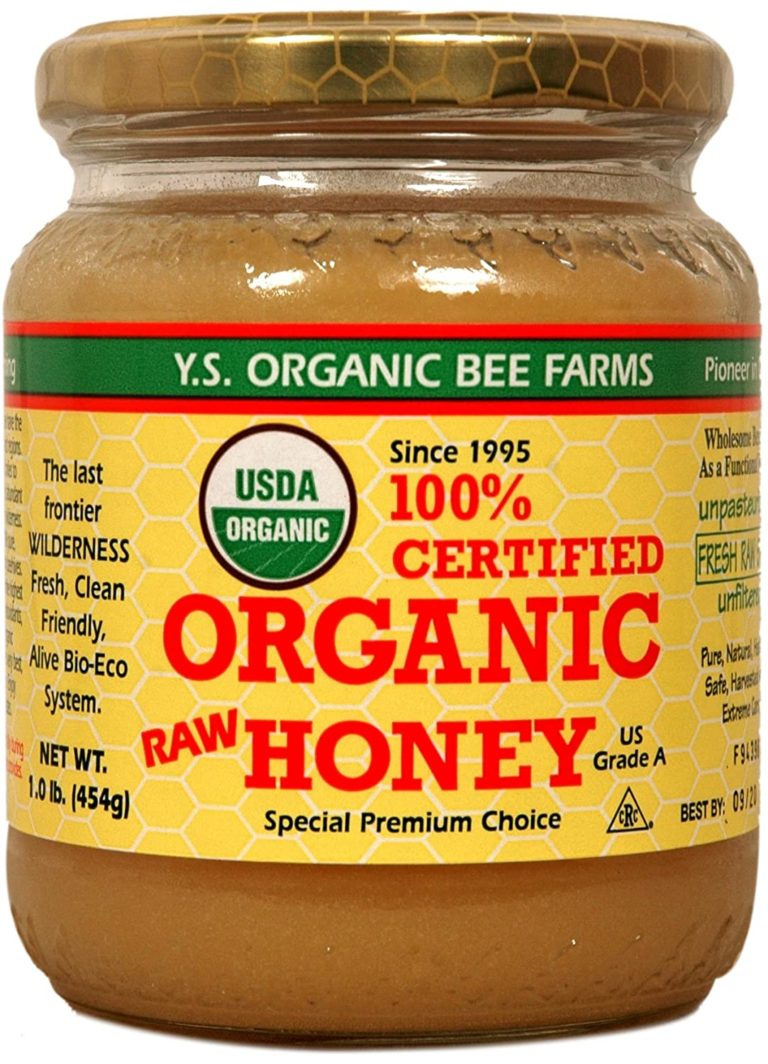What is Natto? Small Fermented Soybeans, Great Taste
Natto is unique—many love it and eat it daily. Others are put off by the smell of ammonia and old socks, and the stringy, sticky texture. True, natto may not be love at first sight, it’s more of an acquired taste. However, many like me have learned to love its somewhat odd personality.
What is natto?
The key ingredient is boiled or steamed soybeans that are fermented using a unique bacteria called Bacillus subtilis. The fermentation process creates a distinct, strong odor that some people find repugnant at first. For this reason, you might need to taste natto several times before learning to appreciate it. Just give it some time!
Taste

Some compare the taste to French blue cheese, so if you already have a taste for blue cheese chances are you will like natto a lot. It took me a few attempts to fall in love with the taste of Roquefort cheese, but it has now been my favorite for years. The point is, don’t let first impressions discourage you. There are also ways to make natto more palatable.
Fermented soybeans should be keep in a refrigerator and consumed within a week or so. This is because the taste will gradually change. I you save them too long the soybeans will almost fully dissolve and develop a sharp odor.
Uses
There are many variations of fermented soybeans. For example, soybean paste is a rich, salty, and full-flavored addition in many recipes. There are also dried soybeans that are versatile and can be a crunchy addition in cooking and salads.
Check the Amazon.com links below:

What does natto contain
When soybeans are fermented, new compounds are created, like nattokinase—a unique enzyme. Also vitamin K2 (menaquinone). Bacillus subtilis is a probiotic bacterium with unique properties making fermented soybeans very nutrient dense.
Commercially fermented soybeans
In earlier times, rice bundles were filled with steamed beans and then stored in a warm, humid environment. This resulted in fermentation by Bacillus natto, a bacterium that lives in rice straw. During fermentation, the soybeans decompose, generating the distinctive strings, which can stretch up to 20 feet [6 m]!
Nowadays, natto is mass-produced in automated factories, where steamed soybeans are sprayed with the ideal amount of Bacillus natto. The beans are then transferred to small containers by machine. A conveyor moves them to storage, where preset temperature and humidity levels allow the beans to ferment and mature. After packaging, the natto is ready for market. Much of the commercial natto is well-prepared and delicious.
You can also prepare natto at home yourself. This is cheaper and great fun.
How to eat natto
When you take it out of its package, pour it into a bowl and use a fork to whip it until it gets kind of foamy.
It is usually not eaten by itself. Here are some suggestions:
- Traditionally, it’s eaten with white rice; try adding fermented vegetables, scallions, yellow mustard, raw red onions, seaweed, wasabi, or mayonnaise.
- Can be served with spaghetti, Japanese noodles, even soup.
- Try eating natto with kimchi—it’s a superb marriage!
- Another traditional way is seasoned with soy sauce.
- Some enjoy it on buttered toast.






